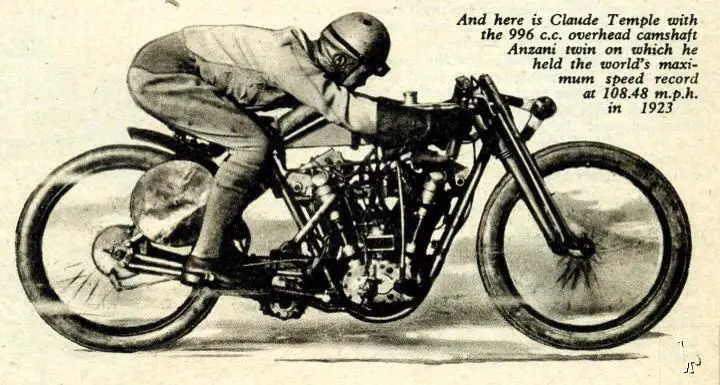PeteMcP
Well-Known Member
OK, I'm going to have to add my two penn'orth (Brit-speak) here and suggest, without sounding pedantic, from here on in you refer to the leather fork bindings using correct "gaiters" terminology rather than 'gators, which, as we all know, mean something that'll bite your arse if not treated warily. Then again, thinking about it, maybe you were right in the first place. lol!


